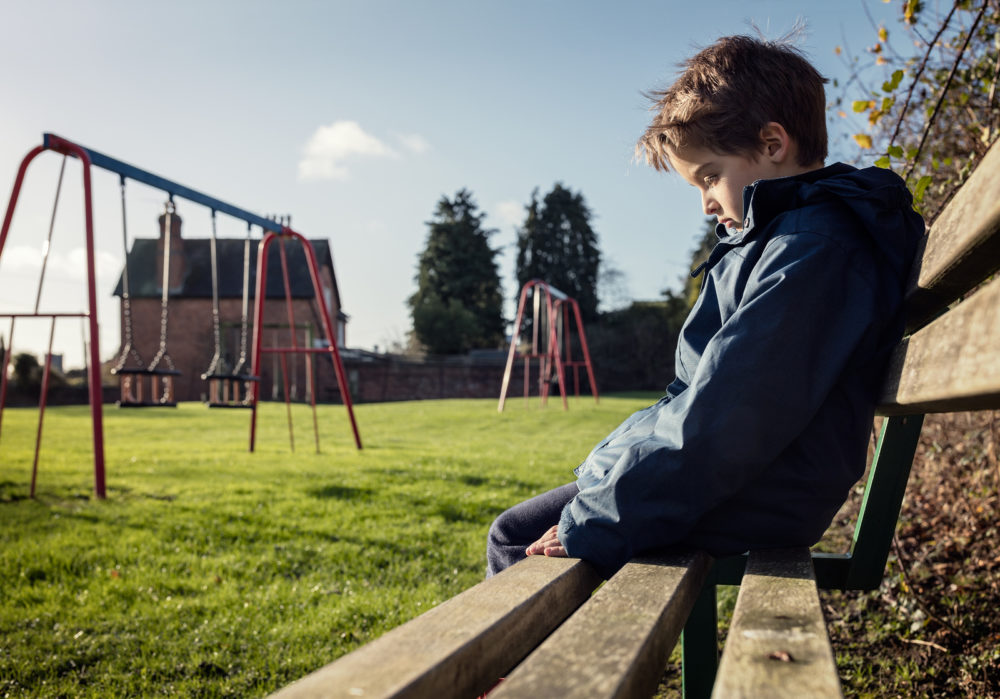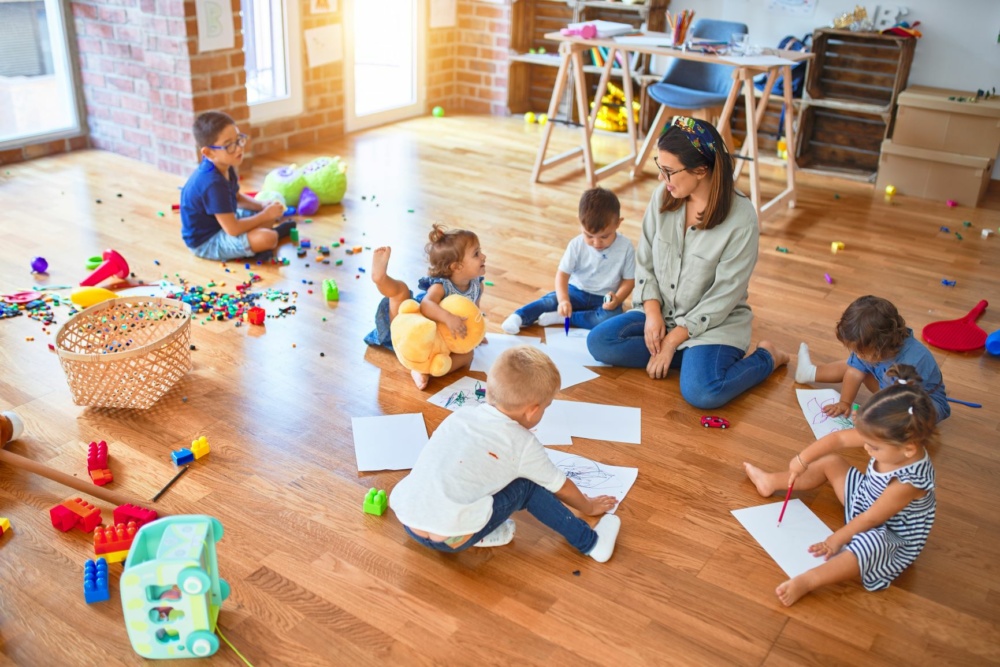What Is Bullying?
“Bullying is defined as unwanted aggressive behavior that involves a real or perceived power imbalance,” says Dr. Thakrar.
Bullying is not a simple interaction between a student who bullies and a student who is bullied. Instead, it often involves groups of students who support each other in bullying other students.
She explains that bullying includes:
• Repeated behavior or has the potential to be repeated
• Uses power examples, strength, access to potentially embarrassing or personal information, status or popularity, to control or harm the victims
How Many Types Are There?
Dr. Thakrar says there are generally three types of bullying:
• Verbal
• Social
• Physical
Bullying occurs not only during school, and now with social media 24/7, but it of course occurs after school as well in these places:
• On the playground
• On Social media or via text
• On the Bus
• At clubs, after-school programs and athletic team events

Statistics on Bullying:
Between one in four and one in three U.S. students say they have been bullied at school. Many fewer have been cyberbullied.
Most bullying happens in middle school. The most common types are verbal and social bullying.
• Girls are more prone to suffer from psychological, social and verbal bullying.
• Boys are more likely to suffer from physical bullying.
What are the Signs of Bullying:
• Unexplained injuries
• Sudden changes in behavior
• Destruction to close, books, property
• Complaints of headache, stomach aches, feeling sick or faking illness
• Changes in eating habits, like skipping meals or binge eating
• Changes in sleep/nightmares
• Decreased academic performance
• Sudden loss of friends or avoidance of social situations
• Lower self-esteem and increase in self-destructive behaviors
• Student skips school or comes up with reasons not to avoid school or extracurricular activities.
• Sudden increase in aggressive behavior
• Increasing involvement with aggressive peer groups
• Increased physical or verbal fighting
• Increased school penalties, like detention or going to the office
• Unexplained extra money/belongings
• Increased worry about status or reputation
• Constant blaming of others and minimizing the responsibility for behavior
What are the risk factors for bullying:
• Disabilities or special needs
• Past history of abuse or neglect
• Differences in development or appearance
• Cultural differences, or religious differences
• Are perceived as different from their peers, such as being overweight or underweight, wearing glasses or different clothing, being new to a school, or being unable to afford what kids consider “cool”
• Are perceived as weak or unable to defend themselves
• Are depressed, anxious, or have low self-esteem
• Are less popular than others and have few friends
• Do not get along well with others, seen as annoying or provoking, or antagonize others for attention
What parents can do about it?
Bystanders who intervene on behalf of kids being bullied make a huge difference.
Therapeutic strategies like groups or clubs that foster empathy and compassion have been showing positive data. Also, promoting responsibility and safe places outside of school where bullying can be discussed without fear of repercussions or retaliation.
Dr. Thakrar suggests talking with school officials about policies that are in place as well as any applicable state and federal laws that may apply.
Also, regularly inquire about bullying occurrences as most cases will not be reported.
Remember, those who bully do not need to be stronger or bigger than those they bully. The power imbalance can come from a number of sources—popularity, strength, cognitive ability—and children who bully may have more than one of these characteristics.
For more information visit stopbullying.gov
Dr. Shimona Thakrar, DO, MPH is a Pediatric Hospitalist at Baylor Scott & White Hospital in Round Rock located at 300 University Blvd. For more information call 512.509.0200 or visit roundrock.sw.org








Recent Comments